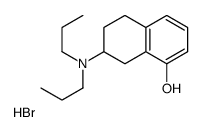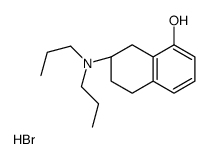| Structure | Name/CAS No. | Articles |
|---|---|---|
 |
8-hydroxy-dpat hydrobromide
CAS:87394-87-4 |
|
 |
8-OH-DPAT
CAS:78950-78-4 |
|
 |
R(+)-8-Hydroxy DPAT HBr
CAS:78095-19-9 |